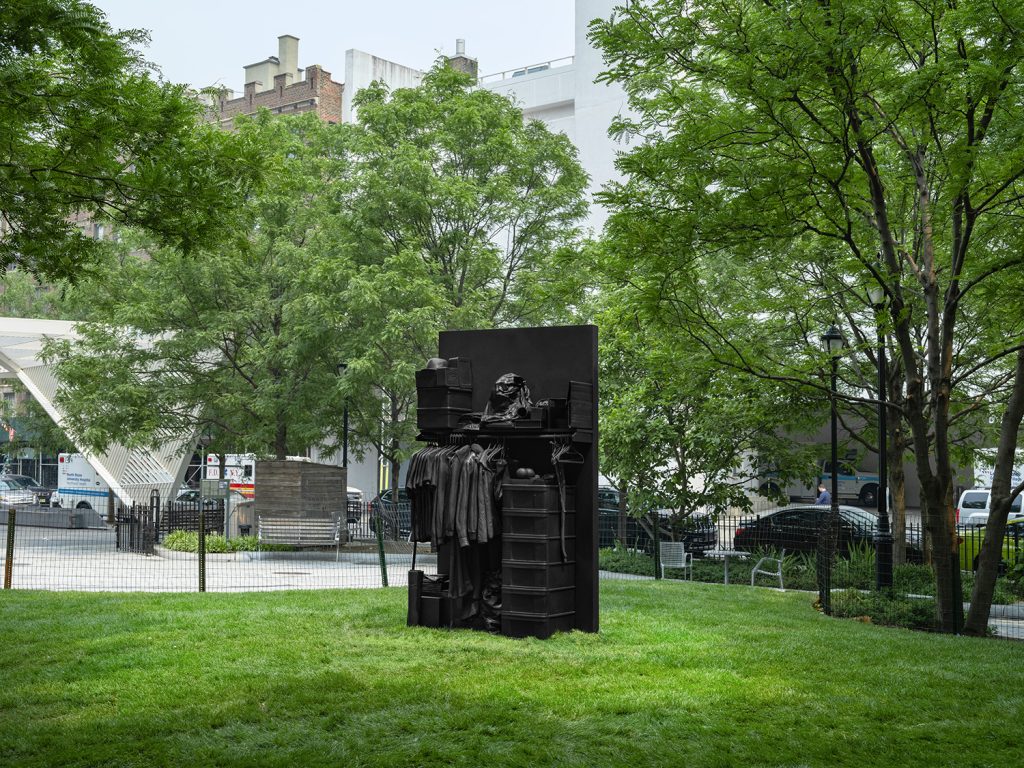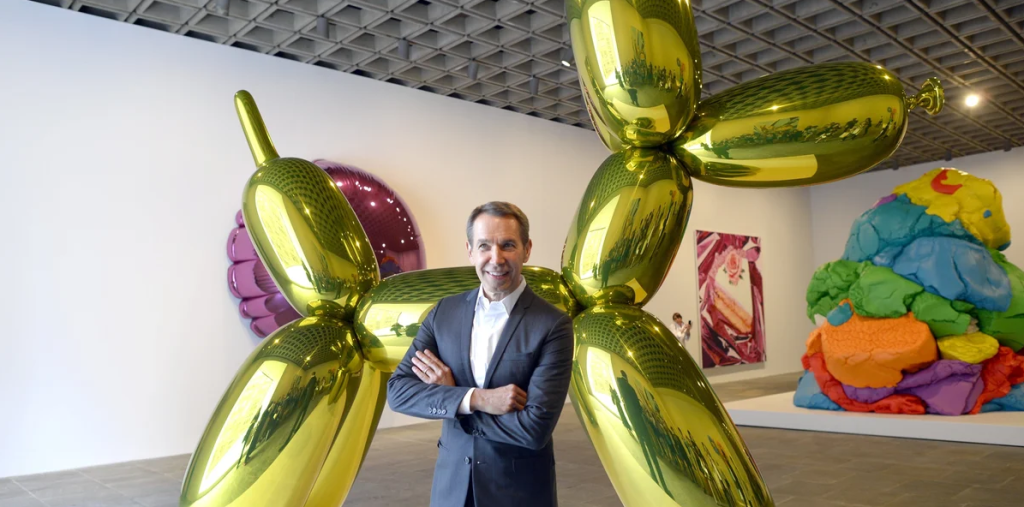The Eternal Dance of Emotion: Unraveling the Genius of Rodin’s Sculptures
The art of sculpture has a unique ability to capture the essence of human emotion, and few artists achieved this as profoundly as Auguste Rodin. His works continue to resonate with audiences today, offering insights into the complexity of our feelings. Exploring Rodin’s sculptures unveils not only his technical genius but also the emotional depth that makes his art timeless.
The Power of Gesture and Movement
Rodin’s ability to convey emotion through gesture and movement is unparalleled. Each sculpture tells a story, often evoking feelings of love, despair, or contemplation with seemingly simple poses. For instance, “The Kiss” epitomizes passion, showcasing the intimate connection between two lovers, while “The Thinker” conveys deep introspection. Rodin meticulously studied human anatomy and movements, allowing him to imbue his works with a sense of dynamism that draws viewers in, making them feel the emotions portrayed.
The Influence of Impressionism
Rodin’s work was not created in isolation; it was significantly influenced by the Impressionist movement, which emphasized capturing moments and the play of light. This influence is evident in his use of texture and form, creating pieces that appear almost fluid. His sculptures often feature rough surfaces and incomplete forms, inviting viewers to engage with the artwork actively. This embrace of imperfection reflects the complexity of human experience and enhances the emotional impact of his sculptures, making them feel alive and relatable.
Themes of Love and Humanity
Rodin’s sculptures explore profound themes of love, life, and death, resonating with universal human experiences. His powerful representation of lovers, such as in “The Gates of Hell,” reveals both the bliss and agony of passion. By portraying human figures in moments of raw emotion, Rodin invites us to reflect on our struggles and joys. His art serves as a mirror, allowing us to see ourselves and our relationships in the powerful forms he created, making his work not just art but a profound commentary on the human condition.
In exploring Rodin’s sculptures, we discover more than aesthetic beauty; we uncover the raw, unfiltered emotions that connect us all. Each piece tells a story, an eternal dance of emotion that encourages us to feel and reflect.
In conclusion, Rodin’s genius lies not just in his technical prowess but in his ability to resonate with the human experience. If you’re fascinated by the intersection of art and emotion, take the time to explore Rodin’s works further. Visit a museum, read about his life, or even engage with contemporary interpretations of his art. The journey promises to deepen your understanding of both art and humanity.


